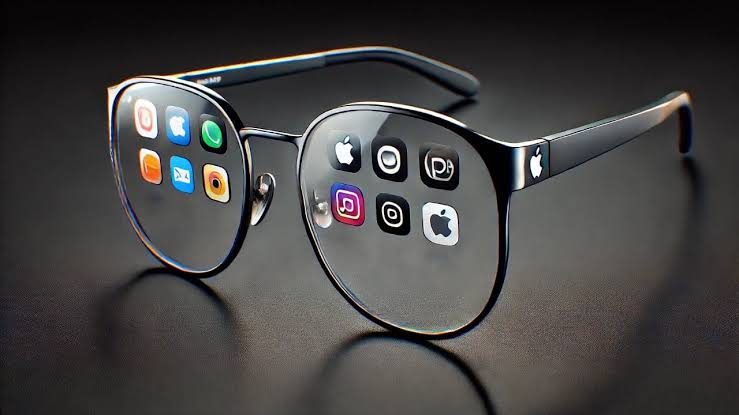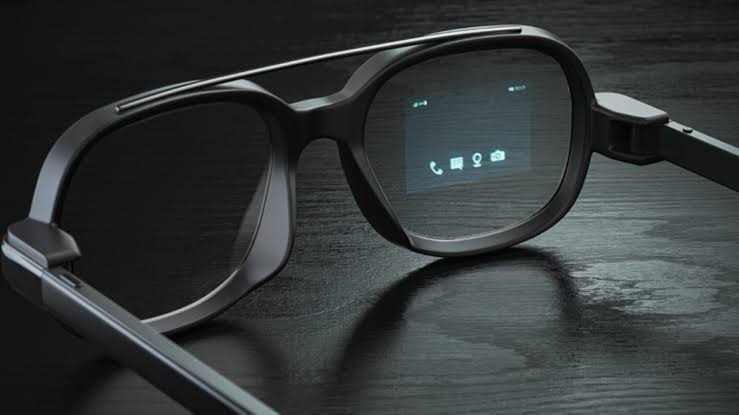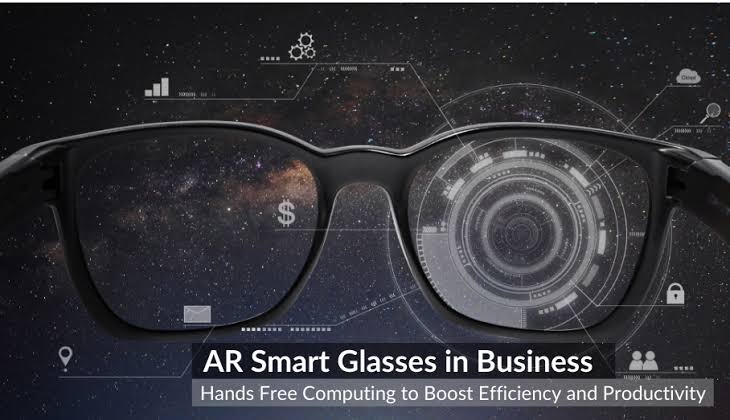Smart Glasses: The evolution and Future of Smart Glasses

Smart glasses, a fascinating blend of eyewear and advanced technology, have evolved significantly since their inception. These devices, which integrate augmented reality (AR), artificial intelligence (AI), and various other technologies, are transforming how we interact with the digital world. This article delves into the history, current state, and future potential of smart glasses.
A Brief History of Smart Glasses

The concept of smart glasses dates back to the 1960s when the first wearable displays were developed. However, it wasn’t until the early 2010s that smart glasses gained mainstream attention with the introduction of Google Glass. Despite its initial hype, Google Glass faced several challenges, including privacy concerns and limited functionality, which hindered its widespread adoption.
Key Features and Technologies
Modern smart glasses come equipped with a variety of features that enhance user experience:
- Augmented Reality (AR): AR overlays digital information onto the real world, providing users with a seamless blend of physical and digital environments. This technology is particularly useful in fields such as healthcare, education, and navigation.
- Artificial Intelligence (AI): AI-powered smart glasses can recognize objects, translate languages in real-time, and provide contextual information based on the user’s surroundings.
- Voice Control: Many smart glasses are equipped with voice assistants like Amazon Alexa or Google Assistant, allowing users to perform tasks hands-free.
- Health Monitoring: Some smart glasses come with built-in sensors that can monitor health metrics such as heart rate, steps taken, and even detect signs of fatigue.
- Connectivity: Smart glasses can connect to smartphones, tablets, and other devices, enabling users to receive notifications, make calls, and access apps directly from their eyewear.
Applications of Smart Glasses
The versatility of smart glasses makes them suitable for a wide range of applications:

- Healthcare: Surgeons can use AR smart glasses to access patient data and visualize complex procedures in real-time, enhancing precision and reducing the risk of errors.
- Education: Smart glasses can provide students with interactive learning experiences, such as virtual field trips and 3D visualizations of complex concepts.
- Workplace: In industrial settings, smart glasses can assist workers by displaying instructions, safety guidelines, and real-time data, improving efficiency and safety.
- Entertainment: Gamers and movie enthusiasts can enjoy immersive experiences with AR and VR smart glasses, which provide a more engaging and interactive way to consume content.
- Navigation: Smart glasses can offer turn-by-turn navigation, overlaying directions onto the real world, making it easier for users to find their way.
YOU MAY ALSO LIKE:The Future of Immersive Experiences: A Closer Look at the Meta Quest 3 VR Headset
Challenges and Considerations

Despite their potential, smart glasses face several challenges:
- Privacy Concerns: The ability of smart glasses to record video and take photos raises significant privacy issues. Users and bystanders may feel uncomfortable with the constant possibility of being recorded.
- Battery Life: The advanced features of smart glasses can drain batteries quickly, limiting their usability for extended periods.
- Cost: High-end smart glasses can be expensive, making them inaccessible to a broader audience.
- Design and Comfort: Balancing functionality with aesthetics and comfort remains a challenge. Users expect smart glasses to be lightweight and stylish, which can be difficult to achieve with the current technology.
The Future of Smart Glasses

The future of smart glasses looks promising, with continuous advancements in technology addressing current limitations. Here are some trends to watch:
- Improved AR Capabilities: Future smart glasses will likely offer more sophisticated AR experiences, with better graphics, faster processing, and more intuitive interfaces.
- Integration with AI: As AI technology advances, smart glasses will become even more intelligent, offering personalized experiences and predictive insights.
- Enhanced Connectivity: The rollout of 5G networks will enable faster and more reliable connections, allowing smart glasses to handle more data-intensive applications.
- Better Battery Life: Innovations in battery technology will extend the usage time of smart glasses, making them more practical for everyday use.
- Affordable Options: As the technology matures, the cost of smart glasses is expected to decrease, making them more accessible to a wider audience.
Conclusion

Smart glasses represent a significant leap forward in wearable technology, offering a unique blend of functionality and convenience. While there are challenges to overcome, the potential benefits of smart glasses in various fields are immense. As technology continues to evolve, smart glasses are poised to become an integral part of our daily lives, transforming how we interact with the world around us.
1 thought on “Smart Glasses:The evolution and Future of Smart Glasses”
Comments are closed.